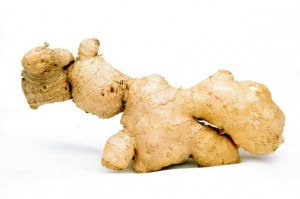
More evidence that low-calorie sweeteners are bad for your health
Studies show that artificial sweeteners can raise the risk of hypertension, metabolic syndrome, type 2 diabetes and heart disease, including stroke.

Motion sickness is a general term for an overwhelming feeling of sickness that can occur when you are travelling by car or boat or plane.
Motion sickness generally occurs when what you see with your eyes is at odds with what you inner ears, which help regulate balance, sense. The jumble of conflicting information the brain receives when this happens is thought to provoke the symptoms of motion sickness which include: pallor, dizziness, sweating, nausea, vomiting and/or fainting.
These can be made worse on by lack of air, mild claustrophobia, or strong smells, such a diesel and engine oil.
About 3 out of 10 people may experience symptoms of motion sickness regularly on journeys by road, sea or air. Women are more prone than men to motion sickness, particularly during pregnancy or when having their periods. Motion sickness is also more common in children aged 3-12. Migraine sufferers are also more vulnerable.
Fast relief
Ginger, available in powdered form in capsules, can be taken by adults and children. If your child can’t swallow tablets, try ginger tincture on the tongue-or anything with ginger in it, including fizzy drinks, biscuits, cake, or even sweets. Peppermint tea or tablets may also help
Homoeopathy
Try Cocculus indicus, Petroleum and Tabacum in a mixture taken six-hourly until there’s an improvement.
Acupressure
Pressing on the acupuncture point known as Pericardium 6, or P6, may help relieve nausea. This is on the inside of the wrist, about the length of 2 fingernails up the arm from the centre of the wrist crease. You can also purchase wrist bands buttons that apply acupressure to this point.

Please subscribe me to your newsletter mailing list. I have read the
privacy statement